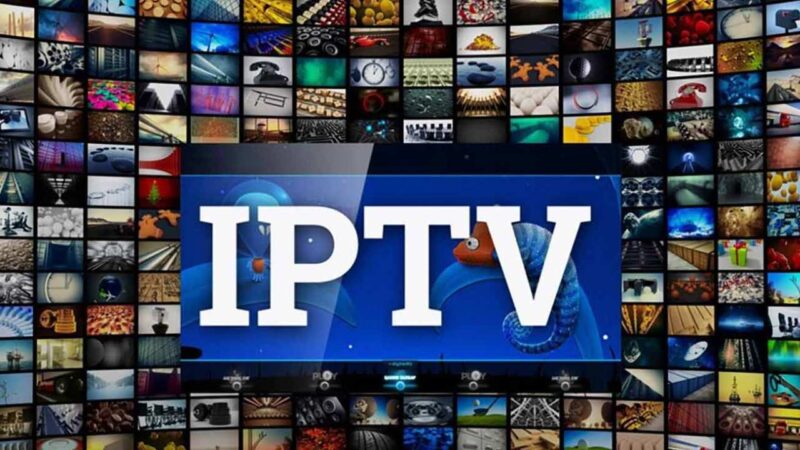Switching to online services has become an appealing alternative for many households, offering flexibility and customization. However, determining whether it is truly worth it requires a closer look at the expenses, benefits, and potential downsides. This guide explores these aspects to help make an informed decision.
Financial Breakdown
Subscription Costs
Online platforms come in a range of pricing options, from basic packages starting at under $10 to comprehensive services costing upwards of $70 per month. Unlike traditional services, most online providers offer customizable channel bundles, allowing viewers to tailor their subscriptions.
This flexibility can potentially lead to savings by avoiding channels that are rarely used. What is more important is to choose one that is reliable and that offers quality, so go for well-known platforms like Nordic IPTV.
Equipment Requirements

Switching to online viewing may require new devices. Popular options include smart receivers, streaming devices, or updated televisions. Depending on the model, these devices range from $30 to several hundred dollars. Additionally, maintaining high-speed access for uninterrupted viewing might necessitate upgrading to a more expensive internet plan.
Hidden Fees
Many platforms advertise low initial costs, but hidden fees for features like ad-free viewing, premium channels, or additional users can quickly add up. Comparing the total cost of online subscriptions to a cable package ensures no surprises later.
Benefits of Online Platforms

Content Variety
Online services often provide access to exclusive content, including original series, live events, and international programming. Niche genres and specialty shows are more readily available, giving viewers a wider range of options compared to traditional packages.
Flexibility
Unlike rigid schedules of cable programming, online platforms allow viewers to watch on-demand, pause, rewind, or save content for later. This level of control can significantly enhance the overall viewing experience.
No Contracts
Traditional providers often lock customers into lengthy agreements with penalties for early termination. Online platforms, on the other hand, typically operate on a month-to-month basis. Users can cancel or switch services whenever they choose.
Challenges and Limitations

Streaming Quality
Consistent picture quality depends on having a reliable connection. Slower speeds or network congestion during peak hours may lead to buffering or reduced clarity.
Content Fragmentation
Exclusive agreements with different providers can make accessing all desired shows challenging. Subscribing to multiple platforms to fill content gaps may offset the potential savings and create logistical headaches.
High Data Usage
Streaming consumes significant data, which can be problematic for households with capped plans. Overages may result in additional fees, reducing the cost-effectiveness of the switch.
The Decision Factor
Whether online services are worth the investment depends on individual preferences. Households with minimal channel needs and reliable high-speed access are likely to find them both affordable and convenient. Those who prefer extensive packages or experience connection issues may find traditional services more practical. Evaluating personal viewing habits and budget constraints is key to making the best choice.
Final Thoughts
Online platforms offer an array of benefits, from flexible pricing to a broader content selection. The ultimate value depends on weighing the associated costs, understanding personal needs, and exploring available options. A thoughtful approach ensures satisfaction and maximizes value from any decision.


